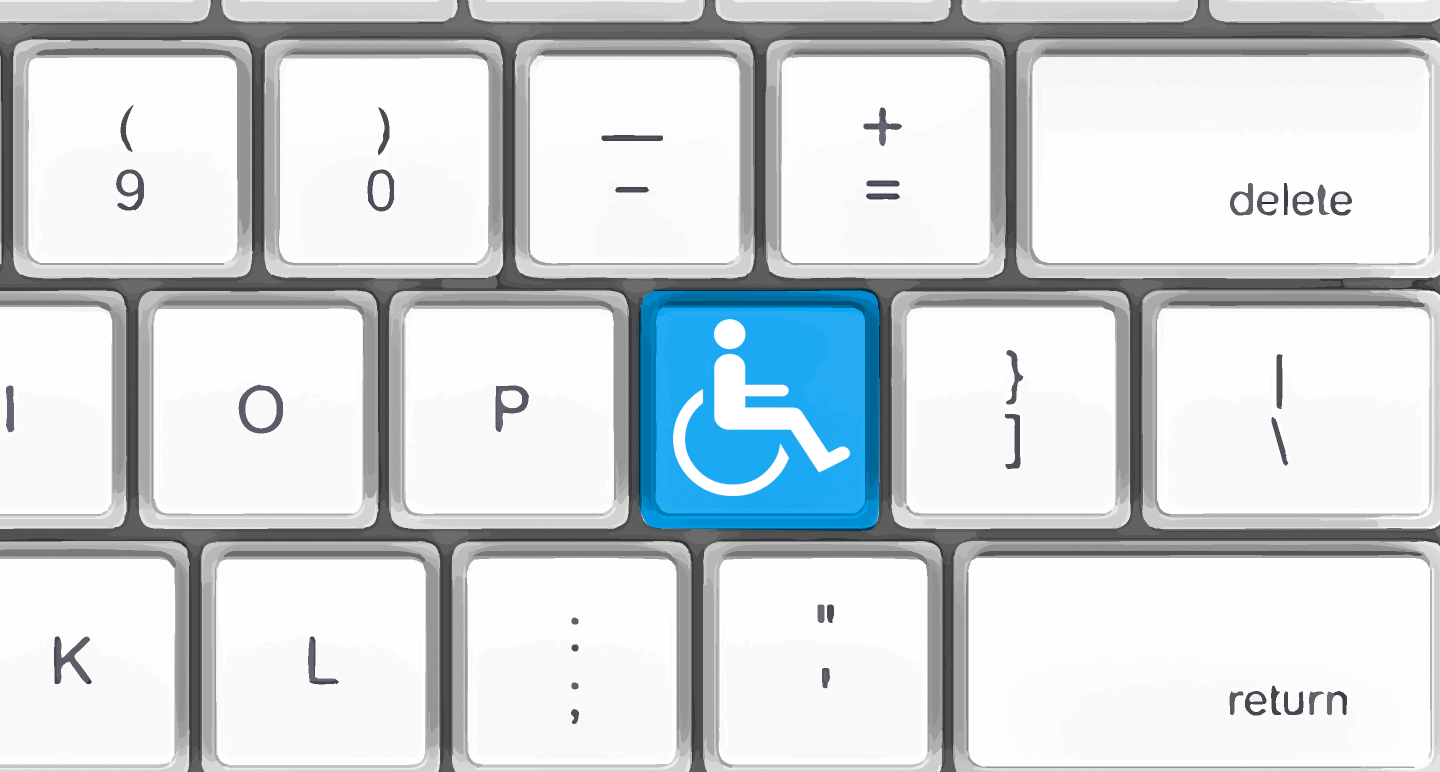Traditional education in the US has long been required to accommodate those with disabilities through statutes like the Individuals with Disabilities Education Act (IDEA), but online learning has lagged behind. The excitement for improving online access to Ivy League classrooms should extend beyond just connectivity to intentional instructional design. But what standards and guidelines exist?
We recently took on the challenge of bringing all of our coursework into compliance with Section 508, a set of regulations which sets technical standards to promote equal access to (among other things) web content and multimedia for populations with disabilities.
Online learning can improve access to information by people with disabilities. Compliance with Section 508 of the Rehabilitation Act isn’t just the right thing to do, it also makes good business sense. But we still have a long way to go.
According to Wikipedia: “Section 508 (29 U.S.C. § 794d), agencies must give disabled employees and members of the public access to information that is comparable to the access available to others.” These accommodations include things like closed captioning and audio descriptions for multimedia, machine readable design to allow screen readers easy access to and navigation through content, and other methods of ensuring that everyone has the ability to benefit fully from our courses. Some may say that regulations such as these impose a great cost, and likely help few. But we think differently, for several reasons.
This is an endeavor we want to be doing anyway, because it’s the right thing to do.
A lot of the courses we do are about inclusion: using technology for democracy, better health, and conversation across traditionally disparate groups. We are proud to have students from around the world in each of our courses. Leaving behind those who have difficulty accessing technology would undermine our mission.
It is not difficult if done from the beginning.
Though including closed captioning or audio description tracks obviously involves more than the bare minimum amount of effort, if included from the beginning, it becomes part of the content generation process, and overhead is low.
It makes us more competitive.
Federal agencies and contractors are required to conform to the 508 standards if compliance is possible. This includes procurement. So a compliant product must be chosen over a non-compliant one.
It naturally follows from good design and coding principles as well as web standards.
Good code and good design have a common theme: they are clean. Clean design and code is also easier for assistive technology like screen readers to read. It’s simpler to do things like make text larger if there is plenty of space to do so, avoid using colors to denote meaning since it can’t clash with your color scheme, and leave room for captioning and transcripts in empty space that doesn’t distract other users with unnecessary detail.
Thinking about the challenges of accessing our content helps us make the experience better for all of our students.
Thinking about how to minimize the impact of compliance on your media forces you to think about how you present material, and to present it in different ways that will complement each other. Not only because different people learn different ways, but also because reinforcement through a different mode is still repetition, the most effective form of learning.
Thankfully, the 508 Standards are fairly straightforward. Indeed, they involve a careful analysis of the problem and what solutions work, which is a long and arduous process we are ill equipped to duplicate.
What isn’t straightforward ways to test your product and underlying platforms for actual usability. The next couple of posts on accessibility will talk about some of the more troublesome edge cases in 508, our process to make all of our content as accessible as possible, and how future standards and technologies can continue to make learning inclusive.
What processes do your organization use to expand access to your services?





